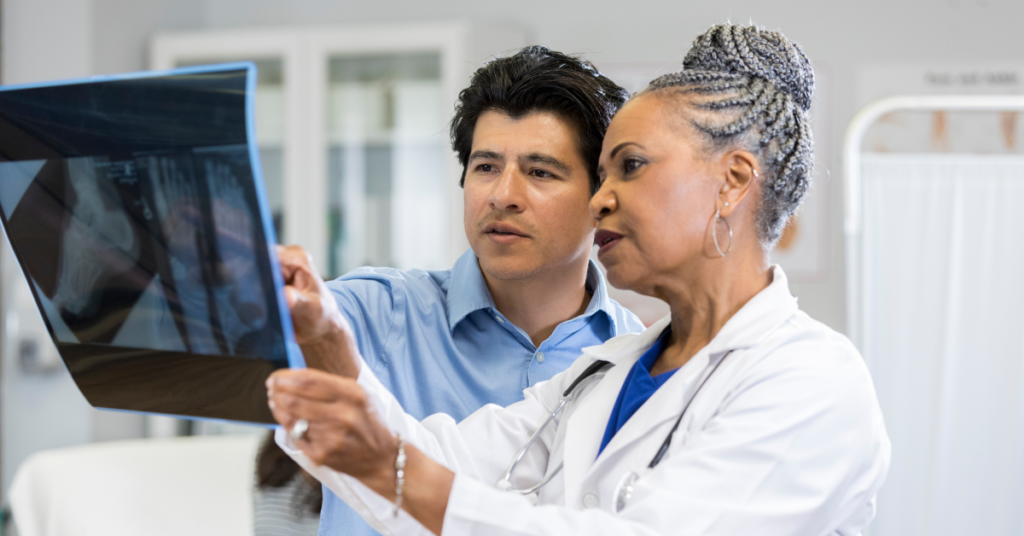Everything You Need To Know About Diabetic Foot Exams
- Matt Frank
- December 21, 2021
- 1:34 pm
Diabetic Foot Exams
Living with diabetes means you are susceptible to a higher rate of certain health risks. This is especially true when it comes to foot health. For this reason, it is recommended to consult your primary care physician or a podiatrist at least ONCE a year. This will help with the prevention of any serious complications that can come about. A diabetic foot exam is performed to check for injury, infection, and bone abnormalities.
Another symptom they look out for is signs of nerve damage. This includes any feelings of numbness or tingling, also referred to as neuropathy. This is one of the most common symptoms among diabetics that reduces blood flow, which is necessary to fight off infections and heal from injuries! Below are a few things that can be expected during a routine foot exam.

A General Assessment
Your health provider will go over your general medical history. As well as ask if you’ve had any prior issues regarding your feet. They will also check your footwear to assure it is properly fitting to prevent any injuries such as calluses, blisters, or even ulcers. Once the general questions are answered the examiner will then take a look at the skin on your feet. This is to check for signs of dryness, crackling, or any cracks to the toenails for signs of fungal infection.
A Neurological Exam
Next, a series of tests are administered that assess any possible nerve damage. Such as using a tuning fork against your foot to assure that you can feel the vibrations it is producing. Other tests include a pinprick test where they gently poke your foot. Moreover, a monofilament test is where they will brush a soft nylon fiber over your feet and toes to test sensitivity and reflexes. All of these are to guarantee that proper blood flow is present and that there is no current nerve damage to the feet.
Between exams, we suggest looking after your feet as well! This means washing and examining them daily, keeping your blood sugar in check, wiggling your toes to promote blood flow, and most importantly…DON’T SMOKE!

